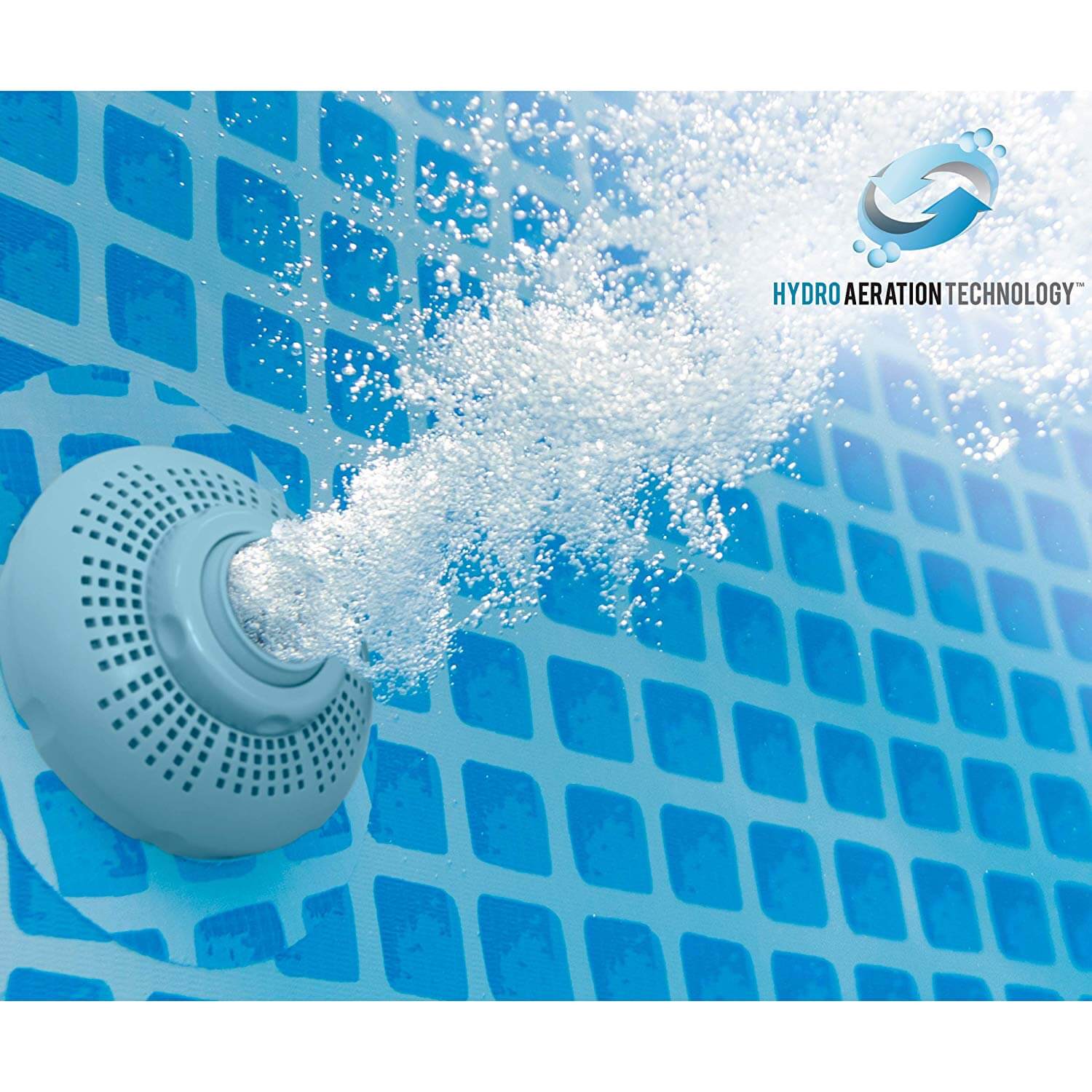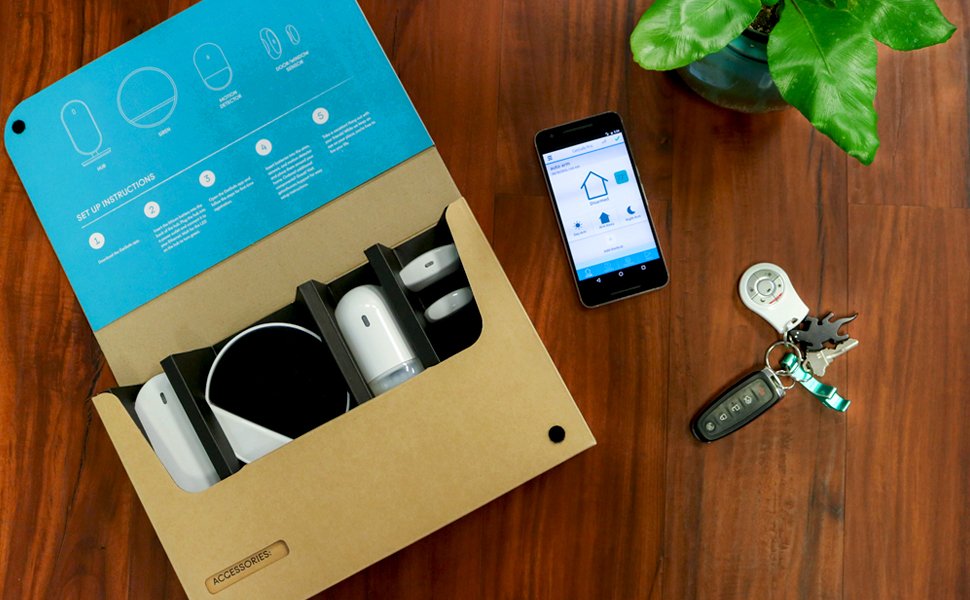- No Obligations
- Stop Paying Too Much For Your Contractor
- No Spam Calling
- Screened & ID Checked Contractors only!
The Easiest Way to Care Annuals and Perennials
0
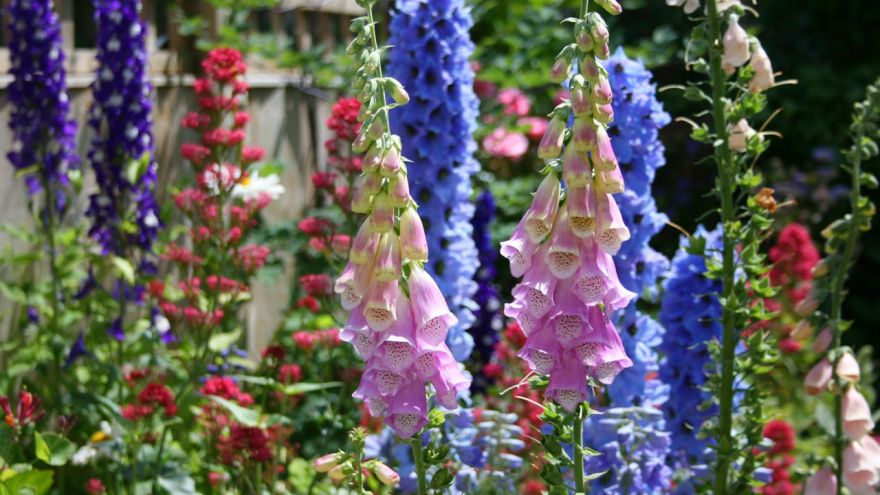 The Easiest Way to Care Annuals and Perennials
earlyexperts.net
The Easiest Way to Care Annuals and Perennials
earlyexperts.net
Nothing quite spruces up the outside of a home quite like a well-thought out garden design. While some folks revel in the work of the garden, viewing it as meditative and peaceful, others struggle to find the time.
Anything that feels like a chore will quickly become the focus of resentment, falling lower and lower on the household priority list until it is barely there at all.
Perhaps it is for this reason that so many homeowners are consciously seeking low care plants. In this way, they are able to enjoy the fruits of their not so hard labor without losing their evenings and weekends to the garden.
In this article we’ve collated a list of the easiest-going flowers, both annual and perennial. Keep these flowers in mind over the long winter so that come time for planting, you’ll get the most out of your flowers.
Perennials
1. Black-Eyed Susan
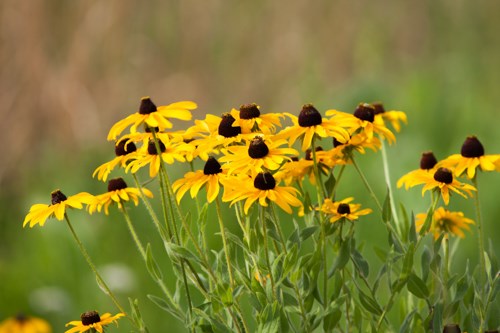
Rudbeckia (Black-Eyed Susan) is a wonderful perennial that is super easy to grow in any flower bed. With yellow or orange petals surrounding a darker center, most reach about two feet tall. Rudbeckia are naturally drought and insect repellent. They also reseed like crazy!
2. Salvia
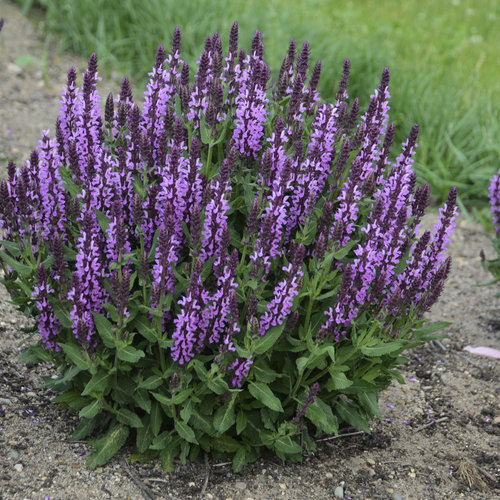
Salvia, or perennial Sage, is a gorgeous deep blue or purple blooming plant capable of growing and thriving in nearly every climate. These will come back strong every year, but don’t spread quite as well as the grassy, ground-cover look would suggest. Still a wonderful addition to any garden.
3. Purple Coneflower

There is a recent rise in popularity of the cone flower, especially as hybridizers have begun playing with colors. What was once only available as the traditional pink petaled, light centered perennial now comes in hues of white, raspberry, orange, and yellow.
4. Peony

Peonies will grow with very little tender love and care from you. This makes them the perfect plant for novice gardeners and folks who just don’t have their landscaping front of mind. Penies grow to be about 3 feet tall and come to bloom in mid spring.
5. Daylily
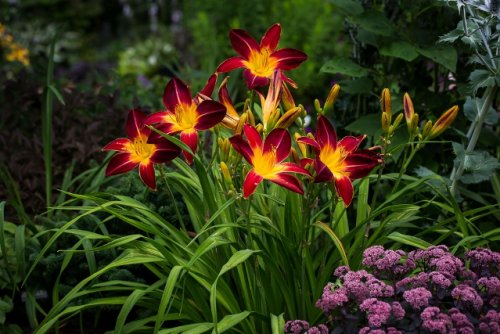
Once planted, these perennials require minimal attention, and offer a bloom full of flowers each spring. Daylilies just need some decent sun exposure and weed protection and they will thrive year after year. Their leaves will sprout like grass in the early spring with buds following quickly in the summer.
Annuals
1. Tuberous Begonias

Typically grown as annuals, these are in reality tender perennials. That means they are most at risk over the winter for their sensitivity to cold. Tuberous Begonias come as upright plants, perfect for bedding, and in pendulous form. The latter is likely is most widely used in hanging pots.
2. Petunias
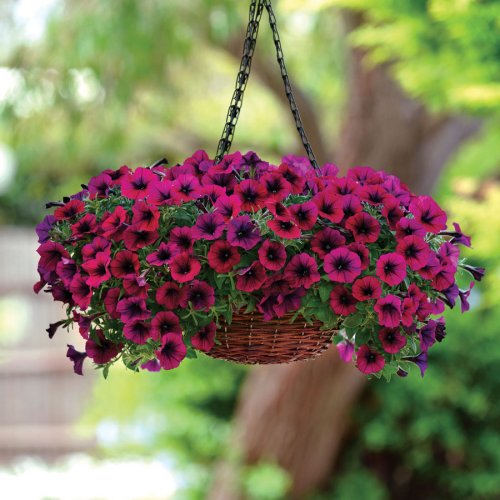
Like, Begonias, Petunias are tender perennials in USDA Zones 9-11. Despite this, many gardeners grow them as annuals because of how vulnerable they are to the cold. Some Petunias will grow in partial shade, but full sun is definitely preferred.
3. Impatiens Walleriana
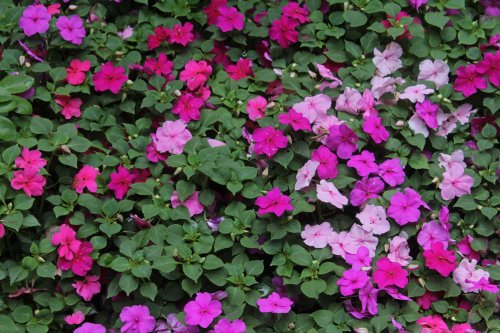
This shrub-like perennial is another that is mostly grown and treated like an annual flower. Walleriana does well in filtered light or shade and in good soil. You will see them in beds, but they are best in flower boxes or as hanging plants where soil is fast-draining and sun is controlled.
4. Geraniums
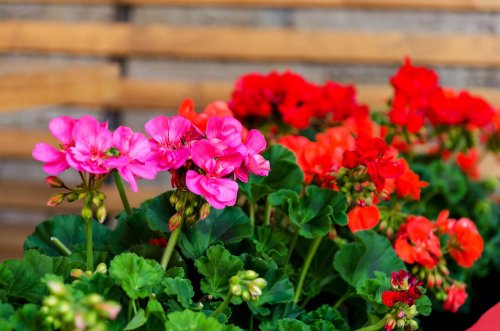
Geraniums, annual to cold-weather climates, love a full sun, but not necessarily the heat. In order to grow Geraniums outdoors, the perfect climate is needed (think California). Most other places, they are wonderful bedding or indoor plants.
5. Marigolds
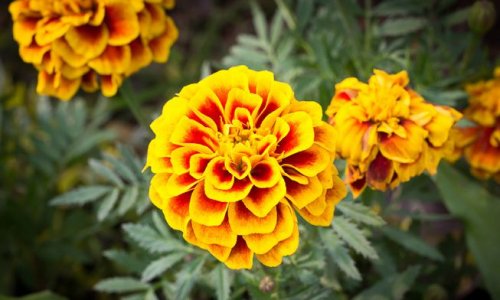
The Marigold is an easy and consistent annual that demands full sun and well drained soil. There are many varieties of Marigold that range in size and color. All are well known for the ability to repel insect pests, which is why you can often find them surrounding gardens.
Conclusion
Each of the above flowers is beautiful in its own right, and many have functions beyond curb appeal worth considering for your garden. In every case, though, the maintenance and work required are minimal.
As you pontificate on your garden plans over the winter, there are a few things to consider:
- Tender perennials are not perennial. It may take some doing to get them through the winter months depending on climate.
- The water and sun needs of whatever you plant are vital to their ability to last. Even a perennial plant will die fast if these needs are misunderstood and mismanaged.
Keep these in mind, and you are certain to make the right choices to keep your beds, hangers, and boxes in bloom each and every season.





